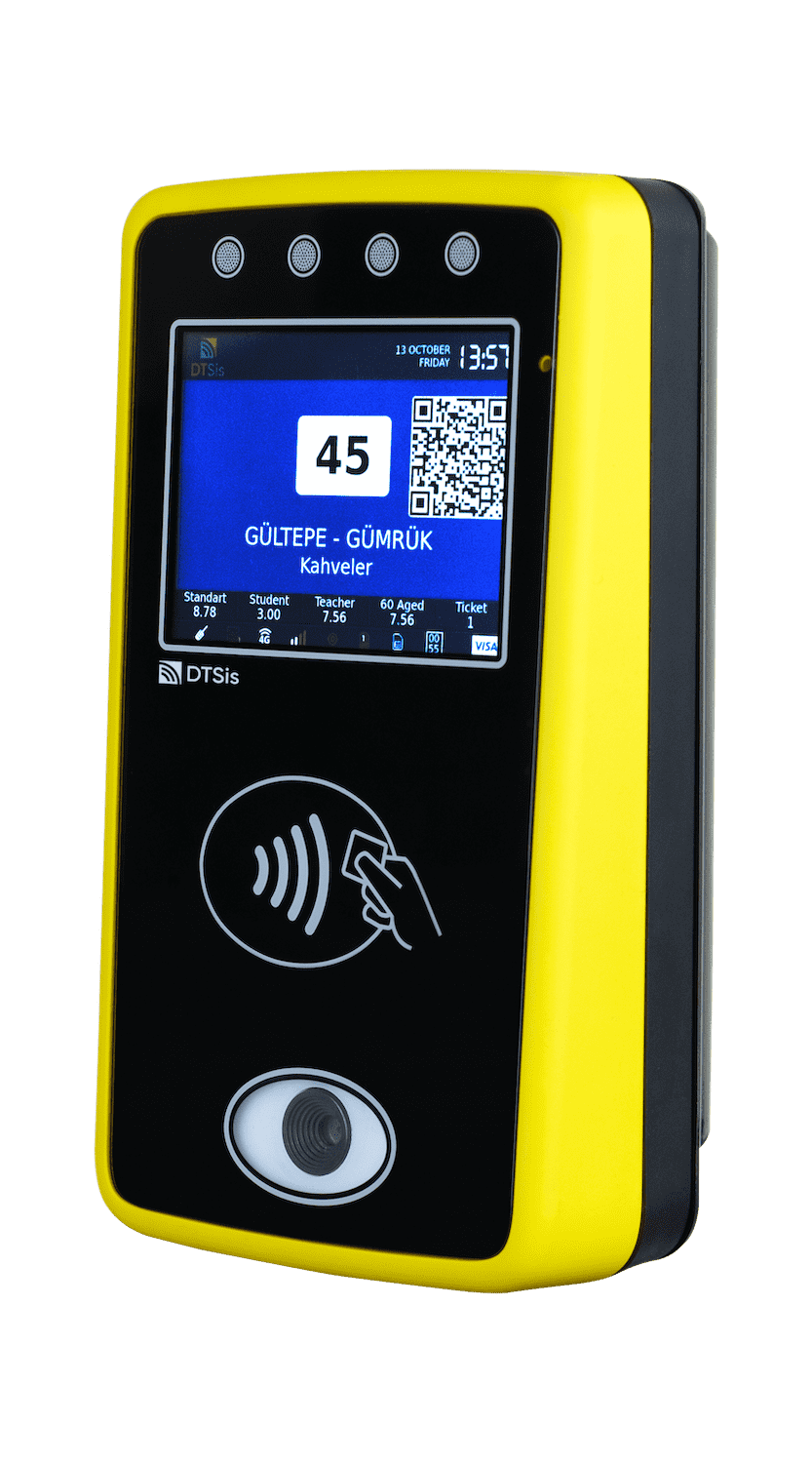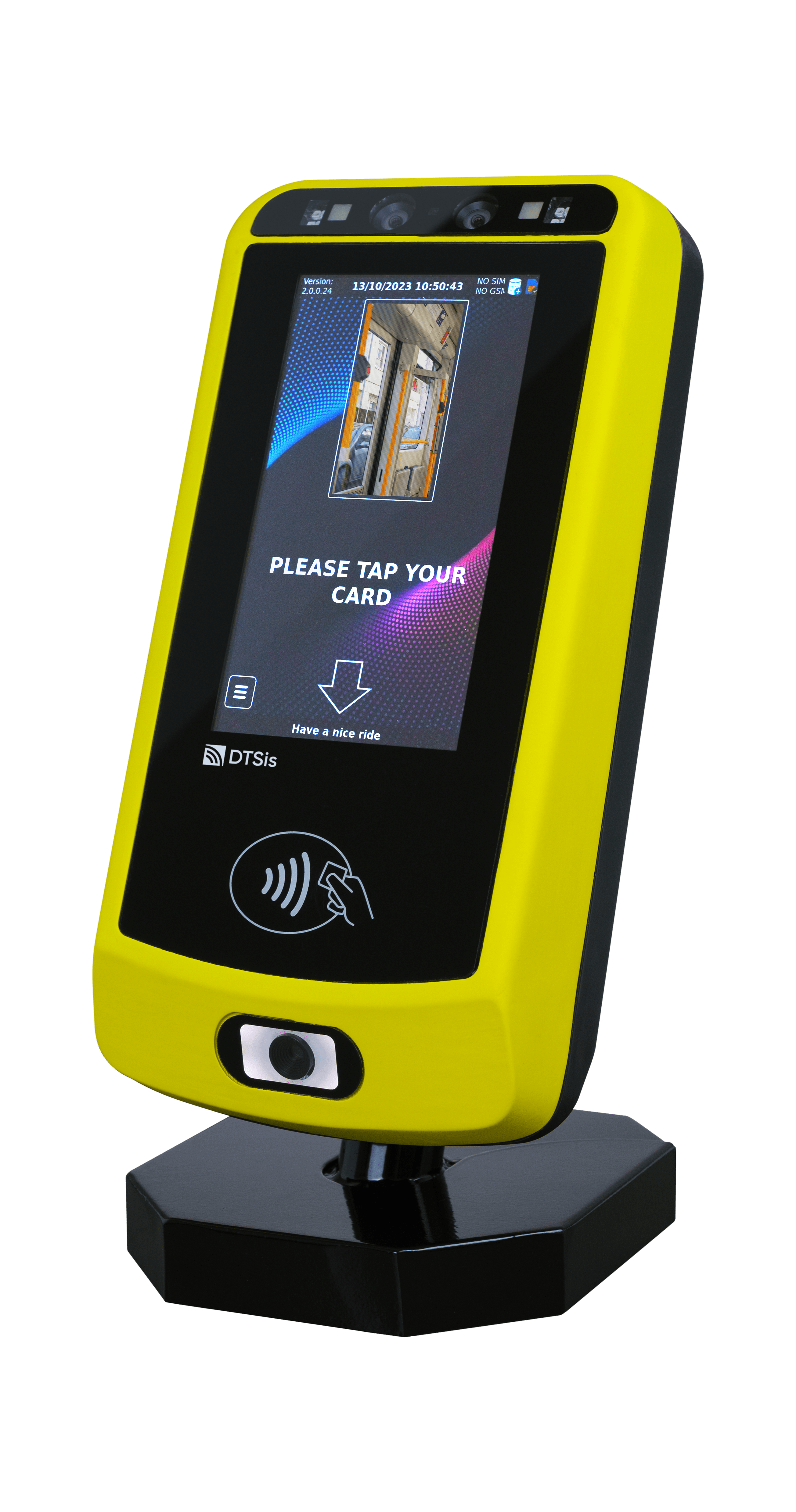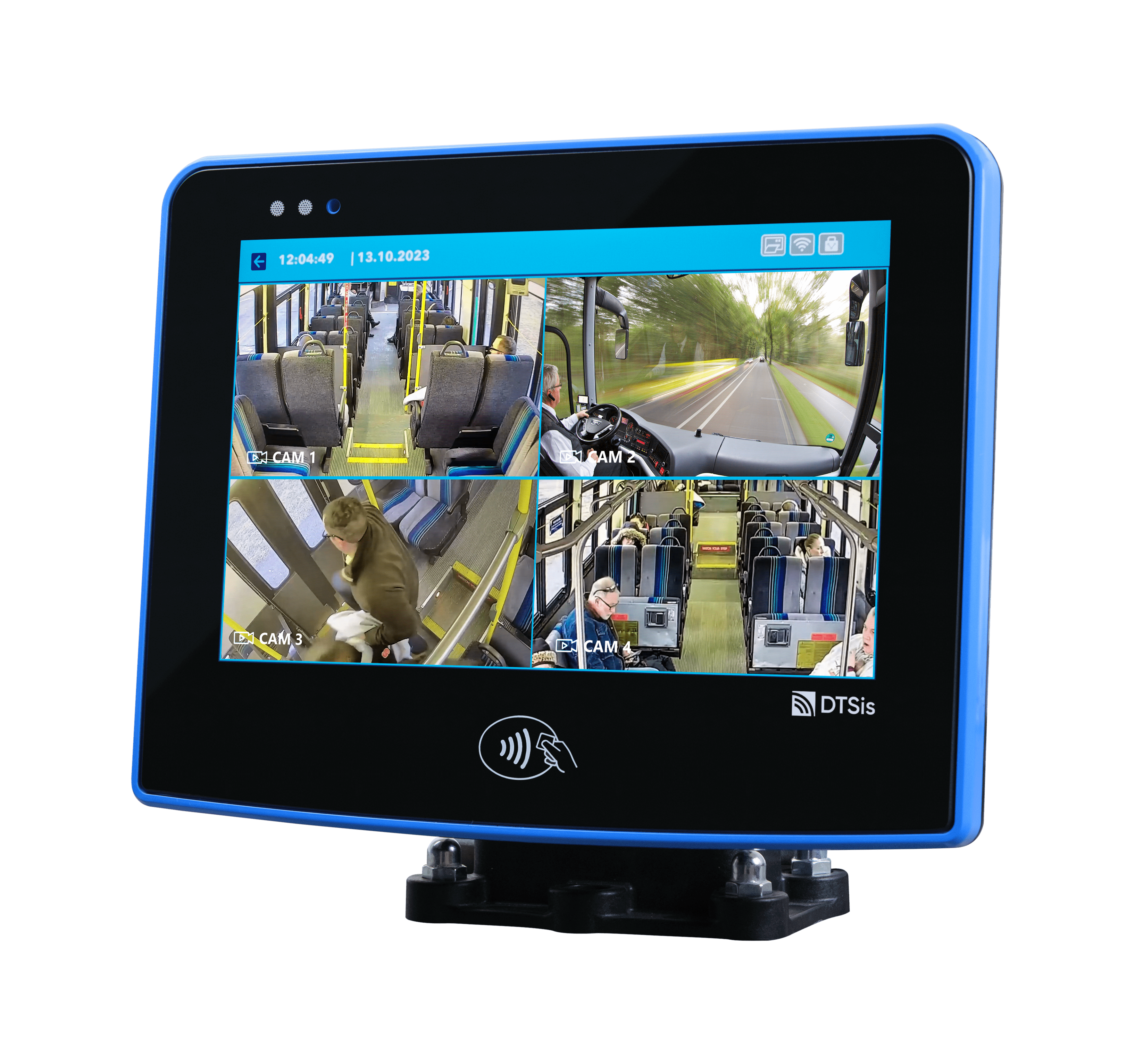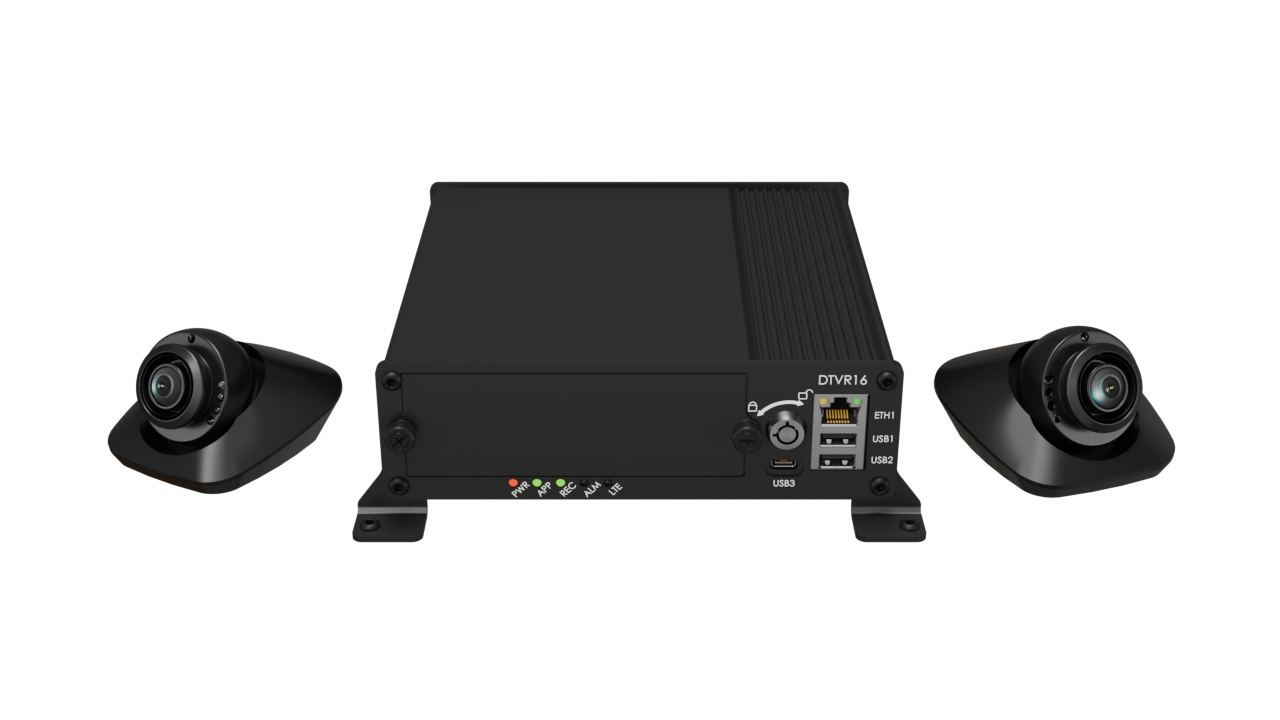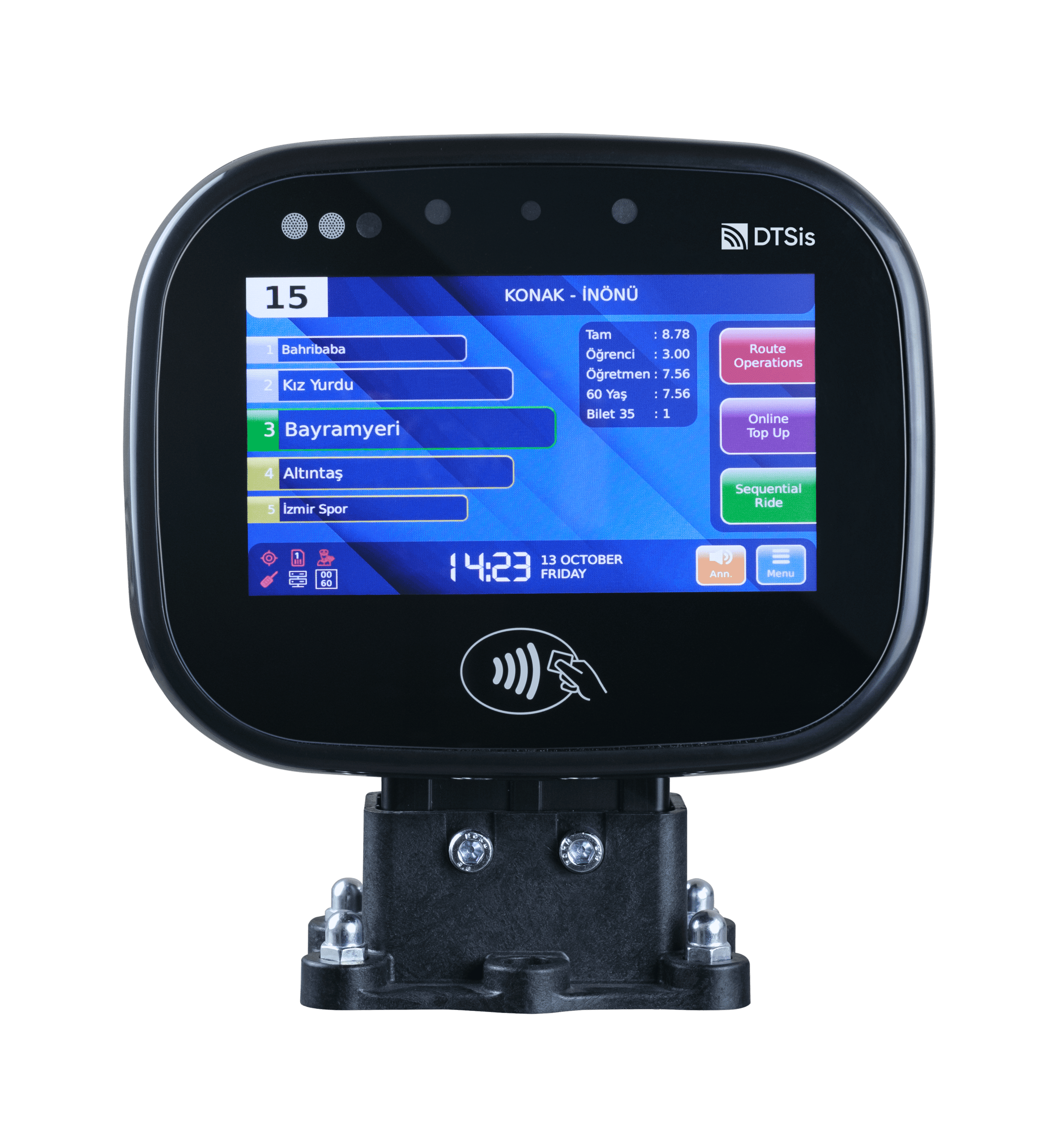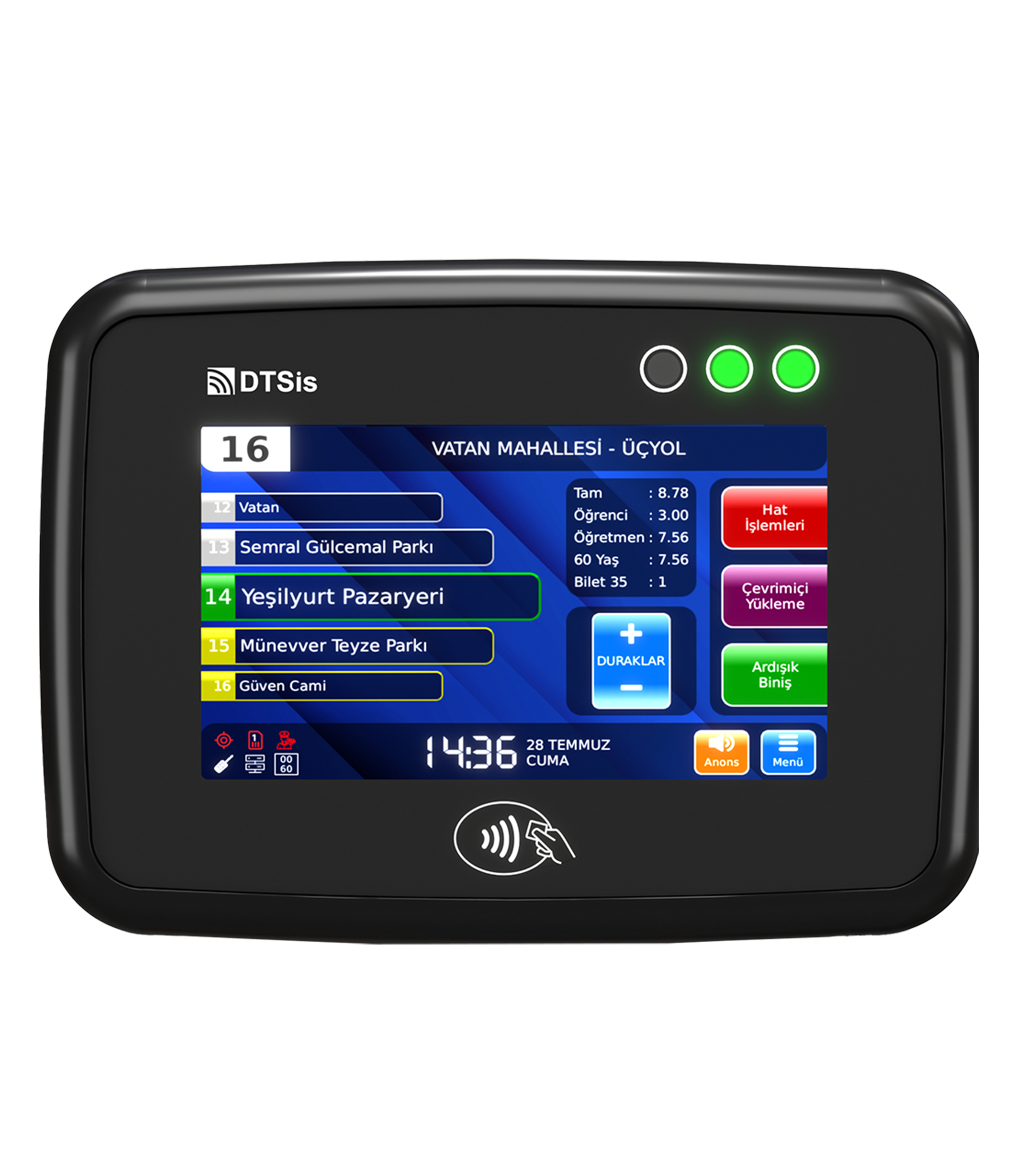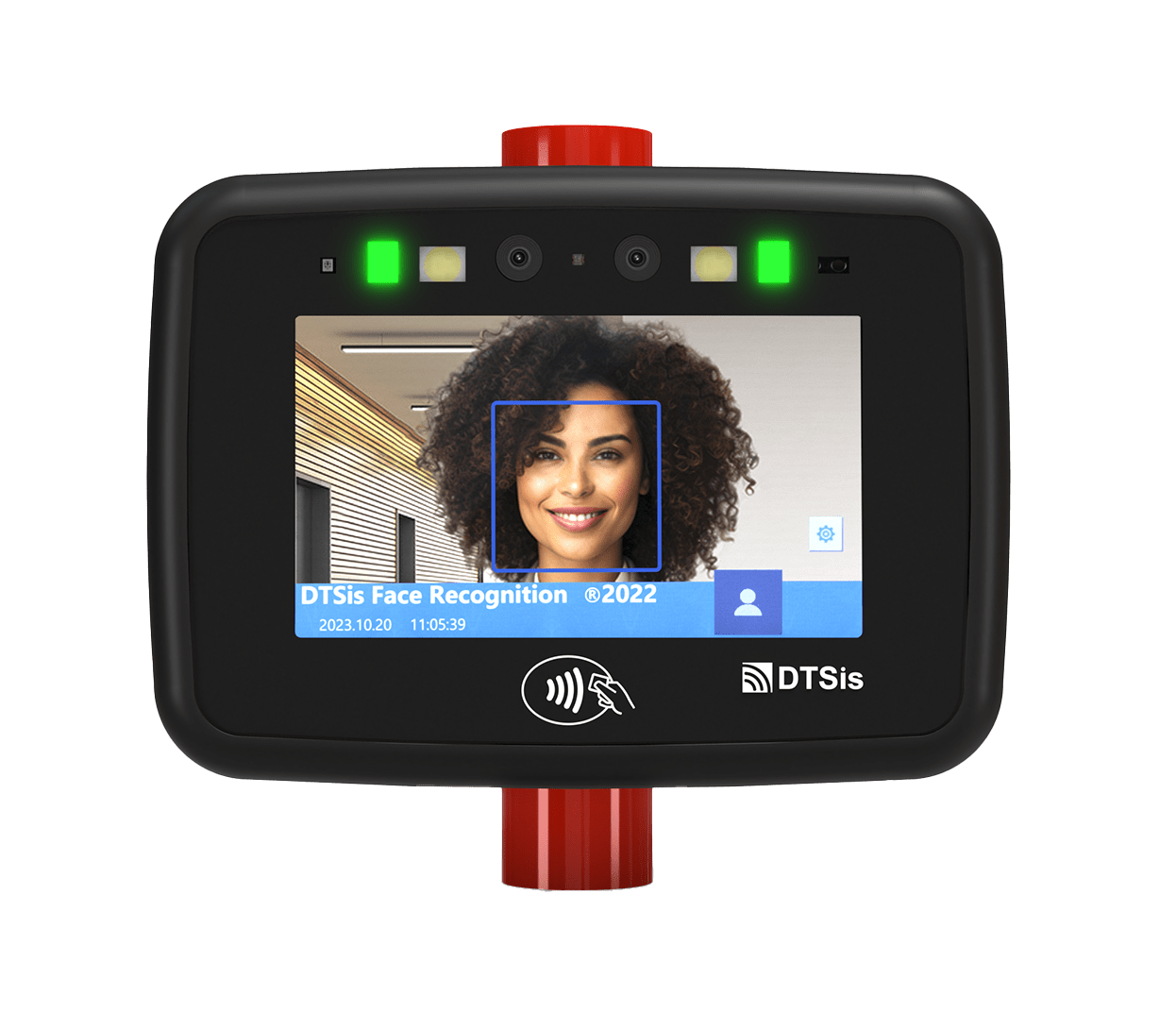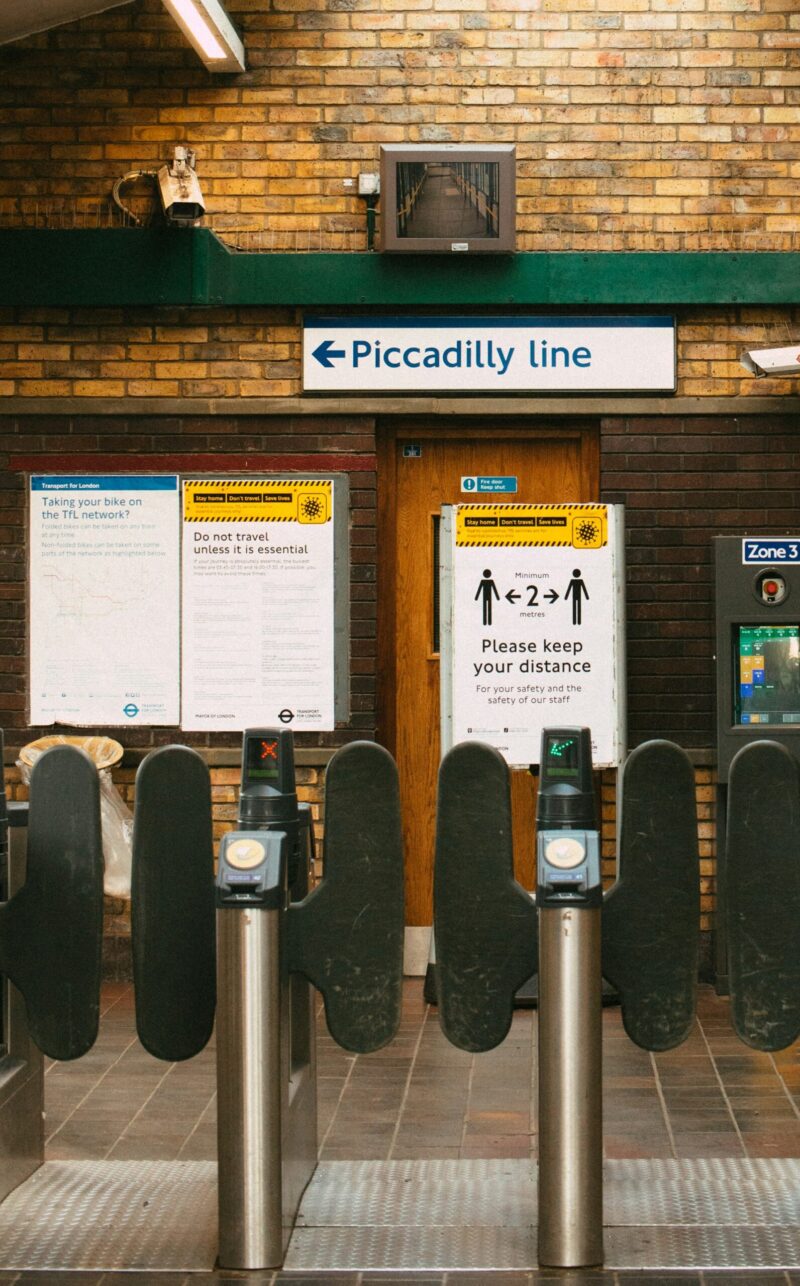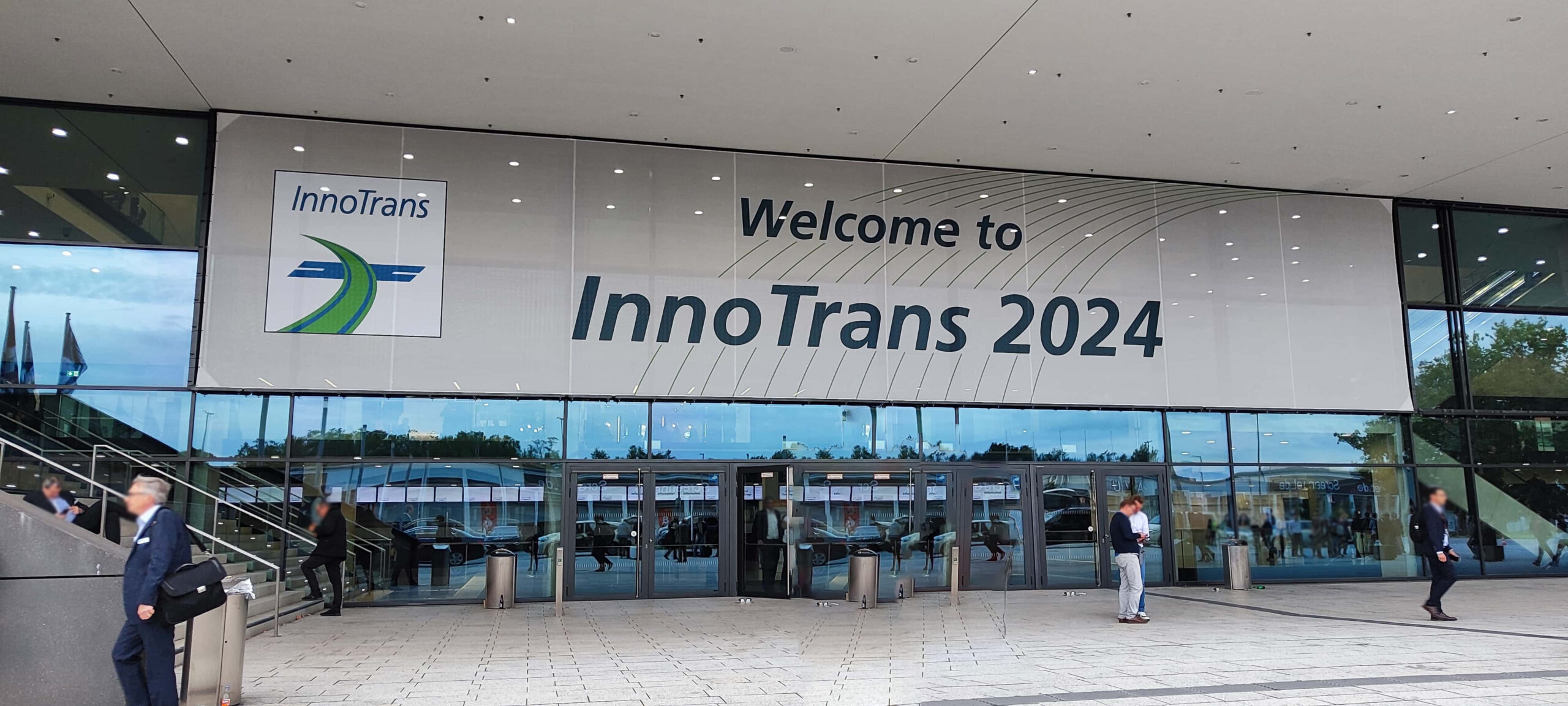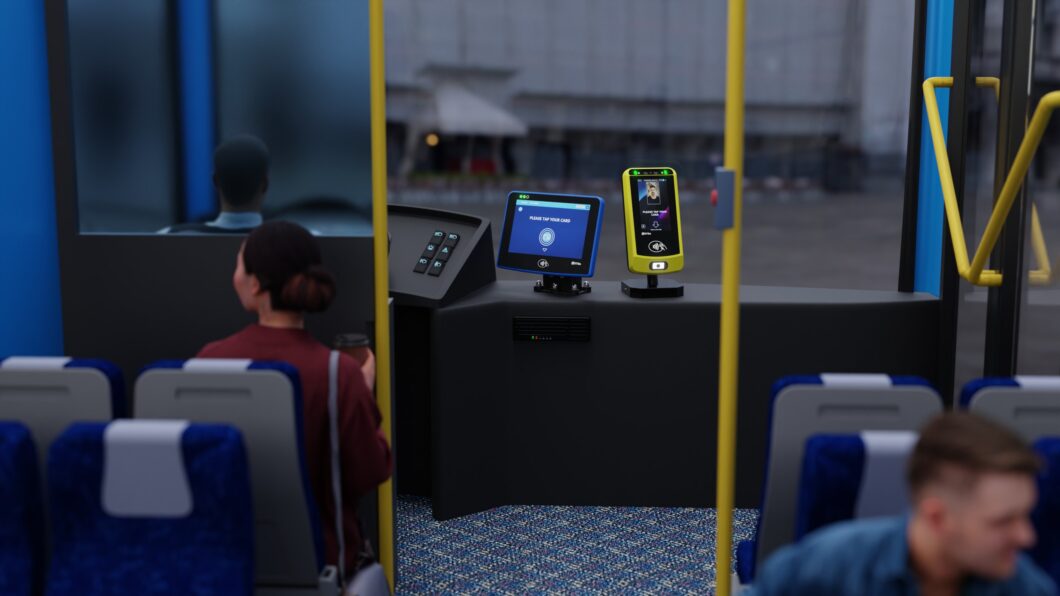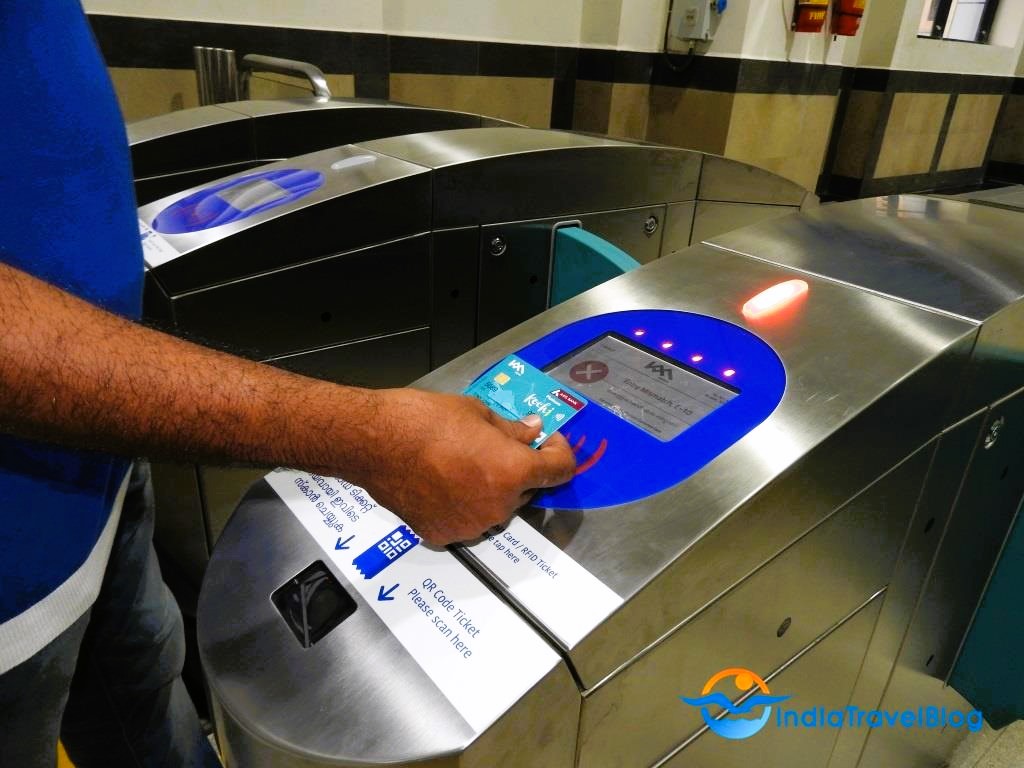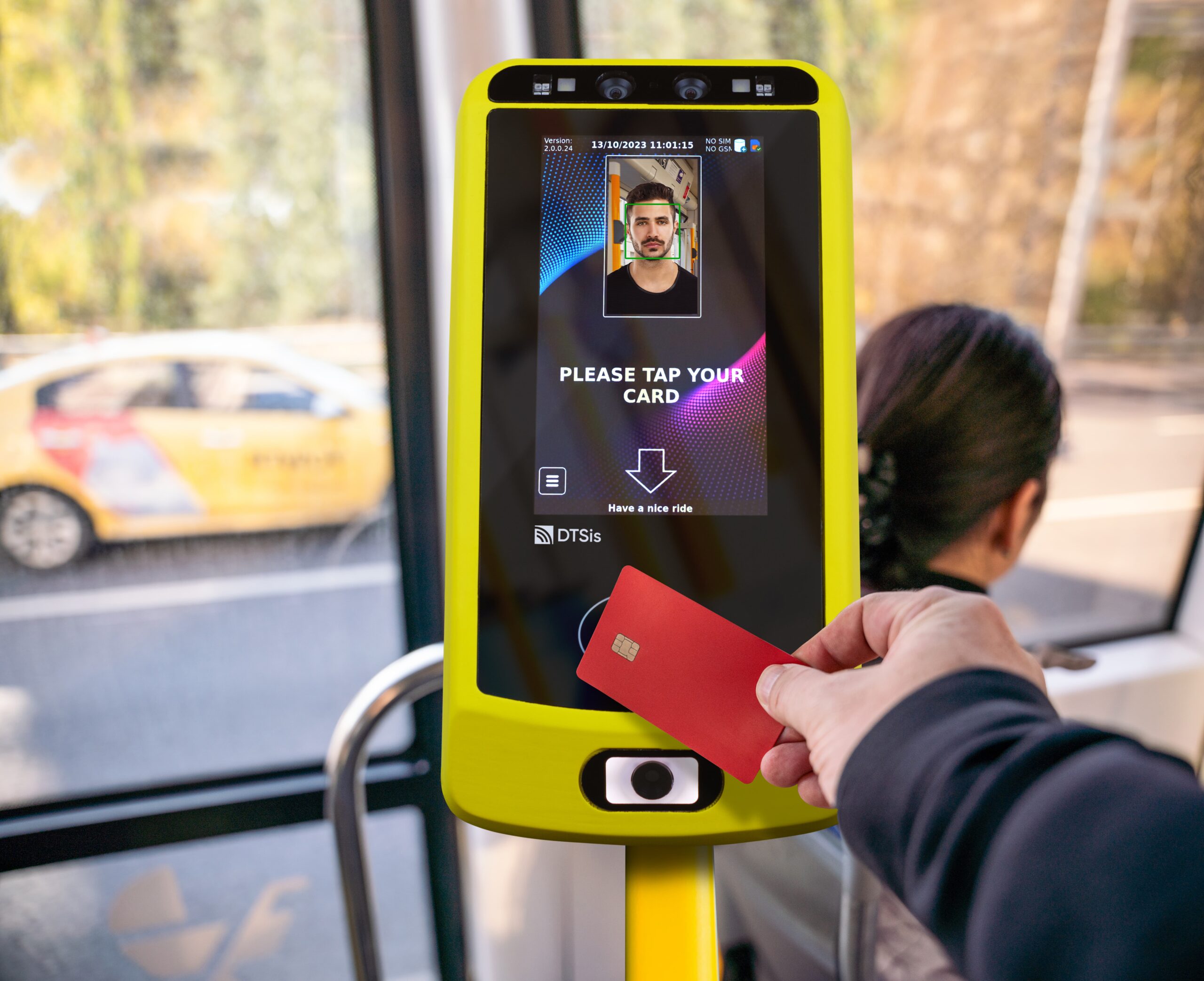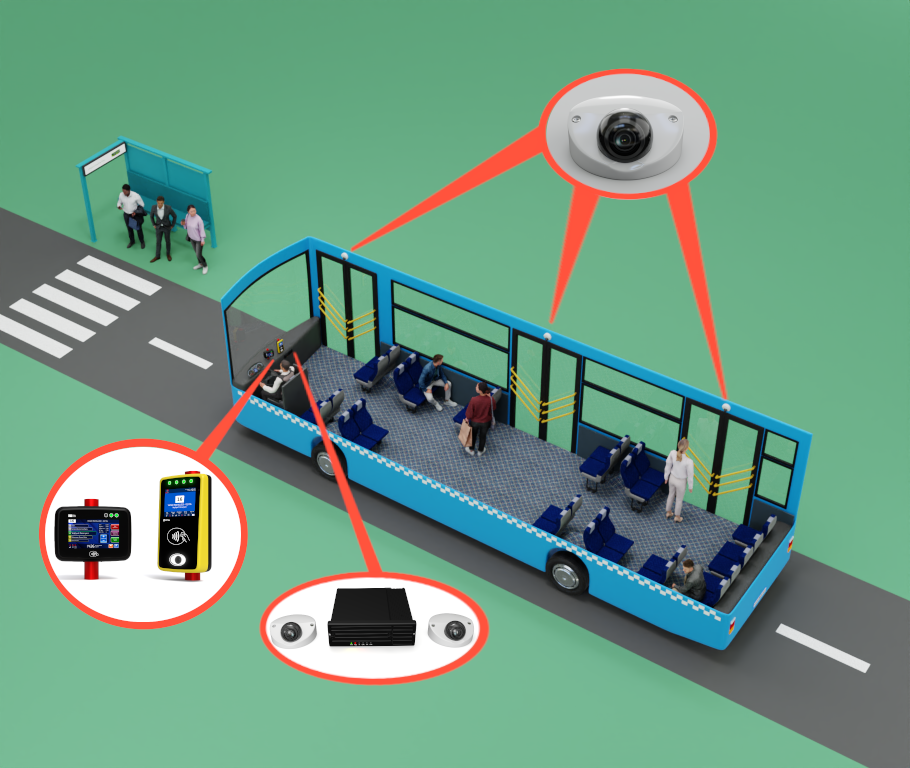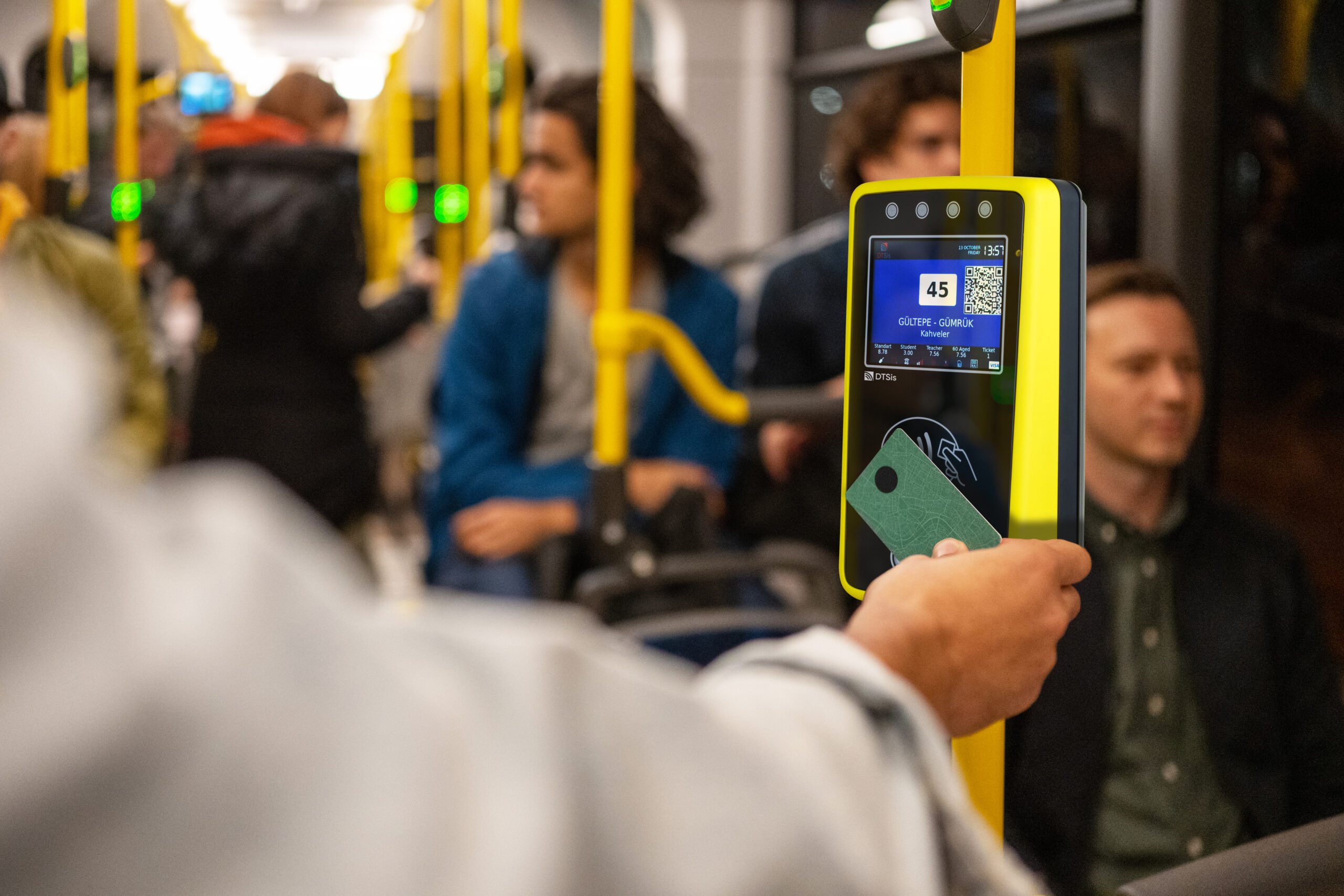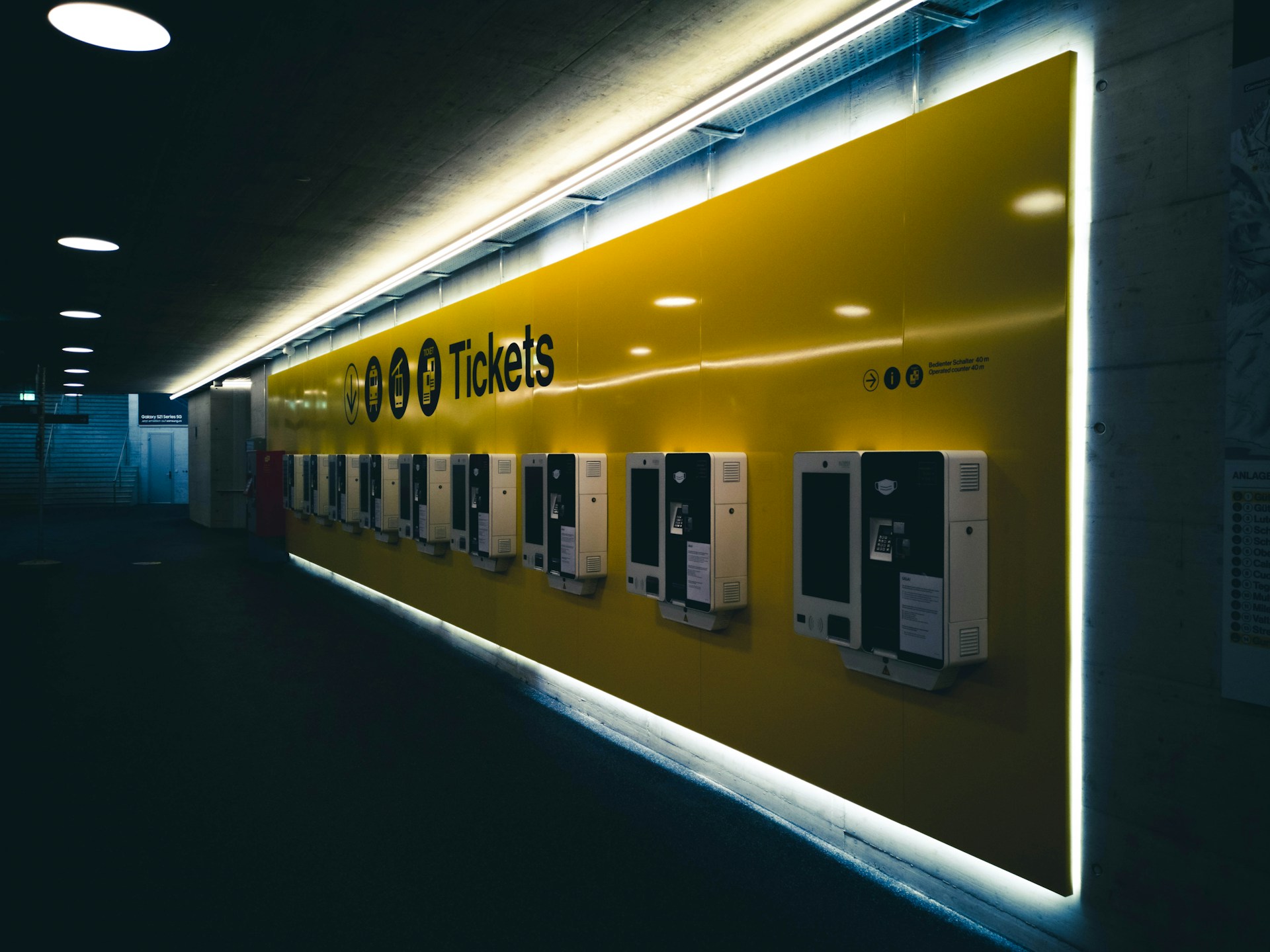
6 September 2024
Transforming Transit: Top 4 Areas Adopting Contactless Ticketing Solutions
EXPLORE
0
/
0
How Ticket Validators Facilitate the Shift to Contactless Payments
Public transportation systems around the world are under increasing pressure to move away from traditional cash payments and embrace mobile and contactless payment solutions. As transit agencies look to future-proof their systems, it’s essential that ticket validators provide unified payment acceptance, instant transaction processing, and easy-to-understand feedback, all while seamlessly integrating with broader fare management systems. With this level of capability, ticket validators not only help streamline fare collection but also enhance the overall passenger experience, encouraging the widespread adoption of contactless payments across public transportation networks.
The Critical Role of ESD Protection in Contactless Systems Manufacturing
As the world increasingly adopts contactless systems in various industries—ranging from public transportation and access control to retail and banking—ensuring the reliability and longevity of these systems is more critical than ever. One of the most significant threats to the manufacturing and functionality of contactless devices is Electrostatic Discharge (ESD). Understanding ESD and its impact on contactless technology is essential for designing robust, durable, and high-performance systems.
How Smart Fare Collection Systems Simplify Travel for Tourists and What Transit Agencies Need to Do
Traveling to a new city can be exciting, but using public transportation can be confusing for tourists. From buying tickets to understanding the fare system, it can be overwhelming. However, Smart Fare Collection Systems make travel easier. Using modern technology, these systems allow tourists to pay for transportation in a simple, flexible, and efficient way, making the experience much more seamless.
6 Key Actions to Implement Contactless Payment Systems in Public Transport
As urbanization continues to escalate and cities around the globe become more interconnected, the public transport systems are undergoing a remarkable transformation. Modern commuters now expect more from their daily travel experiences, pushing transport authorities to innovate and adapt to the digital age. One of the most transformative advancements in this area is the implementation of contactless payment systems. According to the Urban Mobility Open Loop Mobility report, contactless payment methods,such as open-loop systems, allow passengers to use their existing payment methods—such as contactless cards and smart devices—resulting in faster and more seamless travel experiences.
Insights from InnoTrans 2024: Exploring AFC Innovations
InnoTrans, held every two years in Berlin, is the world’s largest trade fair dedicated to transport technology. Since its inception in 1996, it has become a pivotal platform for industry professionals to showcase innovations, discuss trends, and network with peers from around the globe.
In September this year, our technology company had the privilege of attending InnoTrans 2024 in Berlin, Germany a premier international trade fair dedicated to transportation and rail technologies. The event attracted a diverse array of industry leaders and innovators, providing an invaluable opportunity for networking and knowledge exchange.
RFID Technology in Public Transport: How Card Readers Communicate with Bus Validators
As urban populations grow, Public Transit Systems face the dual challenge of maintaining efficient operations while providing a seamless user experience. RFID technology has emerged as a solution to enhance fare collection processes. RFID card readers facilitate rapid identification and validation of passenger cards, while bus validators serve as the interface for access control. This paper delves into how these components communicate effectively, ensuring secure and efficient transactions.
All You Need to Know About Contactless Ticketing Systems in Public Transit
Contactless Ticketing Systems in Public Transit leverage a range of technologies to simplify fare collection and enhance passenger convenience. By utilizing methods such as RFID, NFC, or mobile apps, passengers can quickly pay their fares without needing physical tickets. This not only speeds up boarding times but also reduces the need for cash transactions, making the process more efficient for both passengers and operators.
How to Make Public Transportion an Attractive Option: Transforming Transit Experience
Cities have a unique opportunity to make Public Transportation an effortless and sustainable choice by streamlining planning and travel experiences. When transit systems are user-friendly, adopting them becomes an easy and integral part of daily life.
A well-designed transit system not only eases traffic but also reduces pollution and fosters a more connected community. If you’re wondering how to make public transport an attractive option in your city, here’s a comprehensive guide to making it happen.
Why Embedded Systems Are Ideal for Smart Ticketing?
In the fast-paced digital world we live in today, technology continues to revolutionize various aspects of our daily lives. One area where technology has made a significant impact is in the realm of smart ticketing systems. Embedded Systems for Smart Ticketing are specialized computing systems designed to handle and process ticketing transactions within transportation and other services. These systems integrate hardware and software to provide efficient, secure, and user-friendly ticketing solutions. Embedded systems in smart ticketing provide numerous benefits, enhancing both user experience and operational efficiency.
The Future of Public Transport: Embracing Smart Ticketing Solutions
In an age where convenience and efficiency are paramount, the evolution of Public Transportation is driven by cutting-edge technology. One of the most transformative innovations in this field is Smart Ticketing Solutions. As cities around the world embrace digital advancements, smart ticketing is revolutionizing the way passengers interact with public transit systems. In this blog, we’ll explore what smart ticketing solutions are, their benefits, and how they’re shaping the future of public transport.
What Are Smart Ticketing Solutions?
Smart ticketing solutions leverage advanced technologies to streamline the fare payment process, making it more convenient, secure, and efficient for passengers. These solutions use a variety of methods, including contactless payments, mobile apps, and biometric authentication, to facilitate smooth transactions and enhance the overall travel experience.
Using Biometric Data to Authenticate Passengers
As public transportation systems evolve, security and convenience are becoming increasingly crucial for passengers and transit operators alike. One of the most promising advancements in this realm is the use of biometric data for passenger authentication. By leveraging unique biological identifiers such as fingerprints, facial recognition, and iris scans, transit systems can offer a more secure, efficient, and personalized travel experience. In this blog, we’ll explore how biometric data is transforming transit operations, the benefits it offers, and the future implications for urban mobility.
Build a Better Bus Ecosystem to Eliminate Transit Rider Confusion
Public transportation, particularly bus ecosystems, forms the backbone of urban mobility worldwide. However, the efficiency and user-friendliness of these systems often fall short, leading to confusion and frustration among riders. Addressing these issues is crucial for encouraging more people to choose public transit over private vehicles, thereby reducing congestion and environmental impact.
By leveraging advanced technologies and robust infrastructure, AFC systems contribute to a seamless and reliable public transportation experience.
Why is so important for Transit Agencies to have contactless-enabled products?
Introducing contactless mobile ticketing is one of the best things you can do to help protect both riders and drivers. What makes contactless mobile ticketing such a great option is that people are already heavily using their smartphones on their daily commute so it’s a no-brainer to ask them to use an app instead of a ticket.
* No cash? No problem! With contactless you don’t need to worry about finding change to pay for your bus ticket.
* Pay quickly – it takes under a second for a contactless payment to register.
* It’s secure – It offers similar security features as chip and PIN transactions, as well as reducing the risk of fraud and theft.
* Cost Savings: it reduces payment losses and ticket distribution expenses.
* It’s Just winwin: passengers enjoy quick self-service validation & transit agencies significantly improve boarding efficiency!

